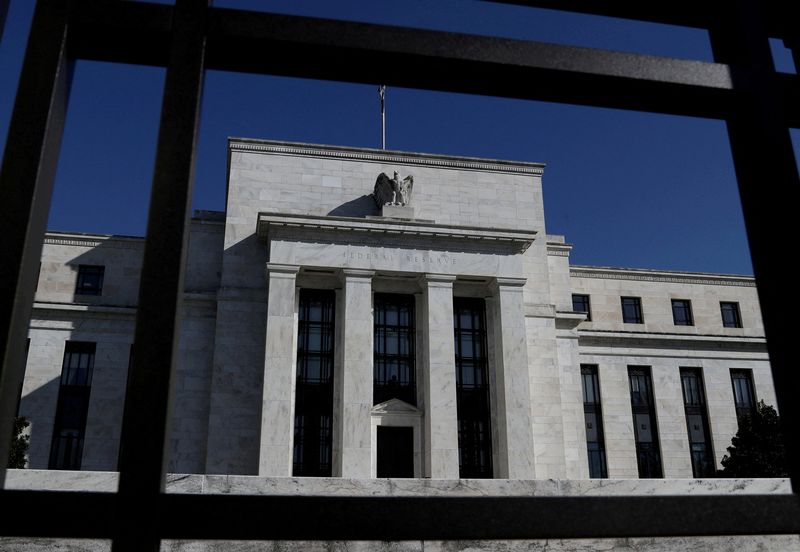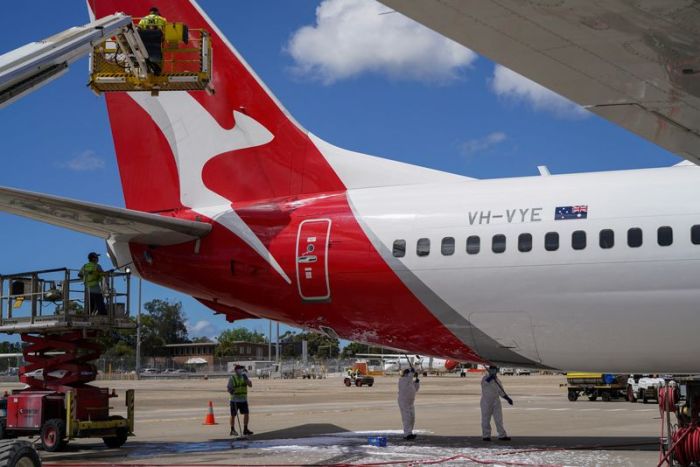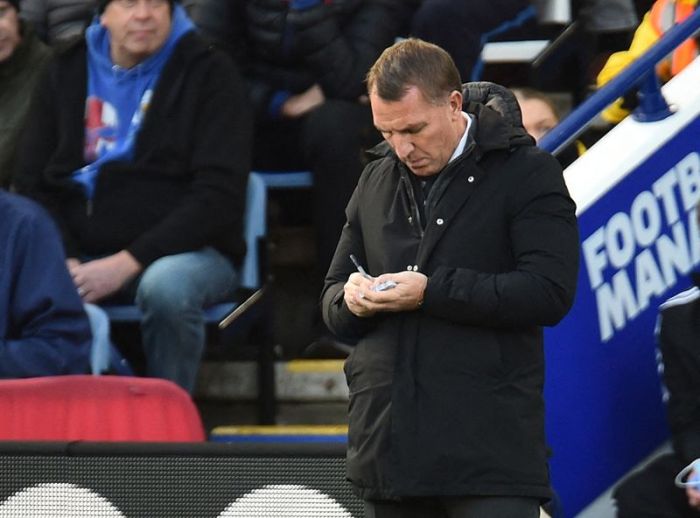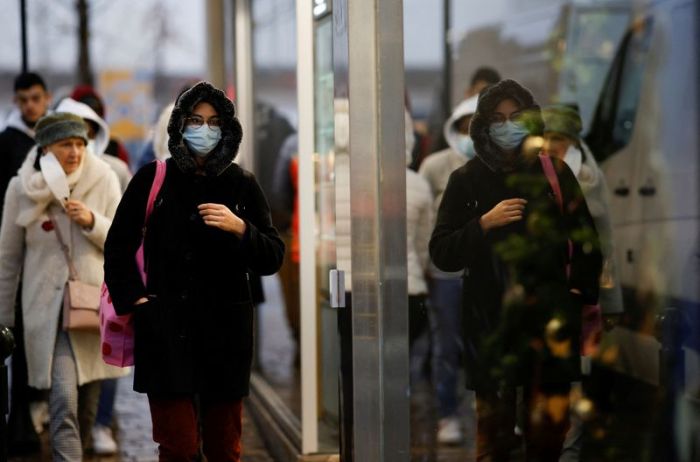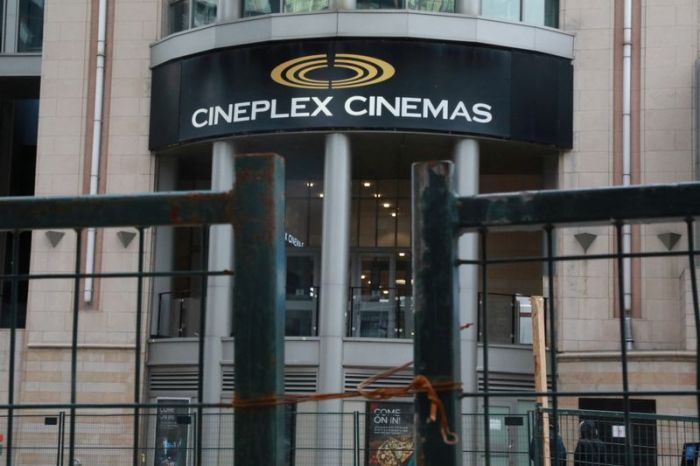WASHINGTON (Reuters) – The U.S. unemployment rate is coming down, inflation is rising, and on Wednesday the Federal Reserve said that combination has it poised for interest rate increases next year that are coming faster and sooner than expected.
The situation amounts to a real-time test of the new approach to monetary policy that the U.S. central bank adopted in August 2020. That framework was meant to prevent the Fed from reacting too swiftly to inflation fears and cutting short what it pledged would be a “broad and inclusive” employment recovery.
Now the question analysts and economists will have to entertain is whether the Fed has waited too long to act against inflation, or whether its quick pivot towards higher borrowing costs will return the economy to its pre-pandemic sweet spot of low unemployment and tempered price increases.
THE PRELUDE
After the 2007-2009 financial crisis and recession, the U.S. economy entered what would become a historically long period of growth. It also showed evidence of fundamental change. The unemployment rate fell steadily, but counter to economic theory inflation never really budged. The Fed slowly raised interest rates. Some policymakers wonder if it was necessary.
WHAT IS THE NEW APPROACH?
Following a two-year review the Fed said it would try to capture more job gains by targeting average inflation instead of the single numerical target of 2%, committing to leave interest rates low for a time as inflation rose. It put that strategy into play with its current policy guidance, promising that rates would not rise until inflation was at 2%, was on target to exceed it for some time, and maximum employment had been reached.
The new strategy was adopted in the midst of the coronavirus pandemic, with unemployment high, inflation weak, and an expectation that the economy would behave as before – with low unemployment and low inflation able to coexist.
Instead, the two have run in opposite directions, as they did in earlier decades when low unemployment rates were associated with fast price increases.
WHAT IS GOING ON WITH INFLATION AND JOBS?
Indeed the inflation rates experienced this year not only have been the fastest in decades; the Fed on Wednesday said that its inflation test had been satisfied.
The labor market has been a bit more ambiguous. The new framework referred to maximum employment as a “broad-based and inclusive goal that is not directly measurable,” language meant to flag that the Fed would not just pay attention to the national unemployment rate, but also to things like labor force participation, wages, or the recovery of jobs among different demographic groups.
From that perspective, the Fed’s forward guidance has not been satisfied: There are not only fewer jobs than before the pandemic, fewer people are even looking for work, women’s participation in the job market remains depressed, and the unemployment rate for Blacks remains high. The Fed on Wednesday in fact tied any eventual rate hikes to a bit more job market improvement.
But full employment may be close. Wages and other costs incurred by employers are rising.
And at 4.2%, the current U.S. unemployment rate is at a level that, in prior years, would have seen the Fed raising rates already.
(Reporting by Howard Schneider; Editing by Dan Burns, Andrea Ricci and Paul Simao)

